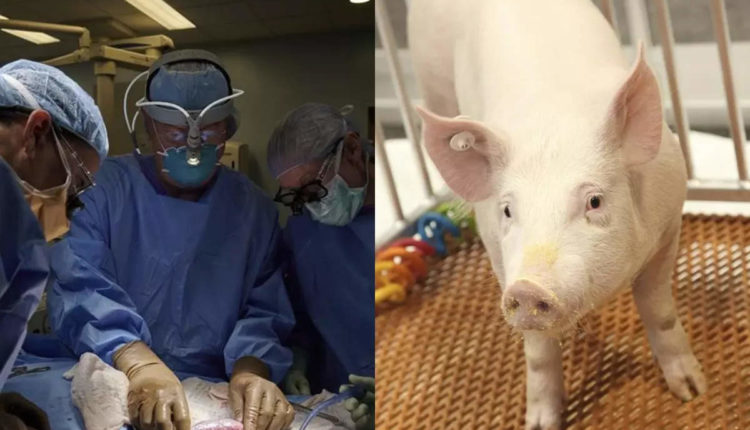Introduction:
As the world becomes increasingly connected through technology, various industries are embracing innovative approaches to enhance convenience and accessibility. The field of veterinary care is no exception, with virtual vet services emerging as a game-changer in cat healthcare. In this article, we explore the growing trend of remote veterinary care and its impact on our feline companions’ well-being.
Embracing Virtual Vet Services:
Gone are the days of stressful car rides and anxious waits in crowded vet clinic waiting rooms. With virtual vet services, cat owners can now provide their feline companions with quality healthcare from the comfort of their own homes. This new approach utilizes video conferencing platforms, enabling pet owners to connect with licensed veterinarians remotely.
Through virtual vet appointments, cat owners can discuss medical concerns, seek advice on behavior or nutrition, and receive treatment recommendations without leaving their homes. The convenience and accessibility of these services have revolutionized cat healthcare, making it easier than ever to prioritize our furry friends’ well-being.
Minimizing Stress, Maximizing Comfort:
Cats are known for their sensitivity to new environments and experiences, often becoming anxious or fearful during vet visits. The ability to consult with a veterinarian remotely alleviates these stressors, allowing cats to remain in their familiar surroundings throughout the examination process. By eliminating the need for travel and the exposure to unfamiliar sights and smells, virtual vet services promote a more relaxed and comfortable experience for both cats and their owners.
Moreover, virtual vet services cater to the needs of cats with limited mobility or chronic health conditions. Regular check-ups, medication management, and treatment adjustments can be easily conducted through video calls, ensuring ongoing care and support for cats who may struggle with physical visits to a clinic.
The Limitations and Considerations:
While virtual vet services offer undeniable benefits, it is important to acknowledge their limitations. Physical examinations and certain diagnostic procedures still require in-person visits to a veterinary clinic. Palpations, X-rays, or laboratory tests cannot be performed remotely. In cases that require hands-on assessments, a hybrid approach that combines virtual consultations with occasional in-person visits is often recommended to ensure comprehensive care.
Developing Strong Connections:
Building a strong relationship with a veterinarian is essential for effective pet care. Although virtual vet services facilitate communication and guidance, some pet owners may miss the personal connection established through face-to-face interactions. To bridge this gap, virtual appointments often include video calls, allowing veterinarians to visually assess the cat’s condition and establish a rapport with both the cat and its owner.
The Future of Remote Veterinary Care:
As technology continues to evolve, the future of remote veterinary care looks promising. The integration of artificial intelligence (AI) and wearable devices may enable real-time monitoring of a cat’s health parameters, providing veterinarians with valuable insights and empowering pet owners to take proactive measures. Additionally, advancements in telemedicine platforms and remote diagnostic tools hold the potential to expand the range of conditions that can be effectively managed through virtual vet services.
Conclusion:
Virtual vet services have ushered in a new era of cat healthcare, offering convenience, reduced stress, and increased accessibility. By embracing these remote veterinary care options, cat owners can provide their feline companions with timely and personalized healthcare from the comfort of their own homes. While physical visits to the vet clinic will always have a place in comprehensive care, virtual vet services play a crucial role in promoting the overall well-being of our meowing companions. From home to health, remote veterinary care is here to stay.










